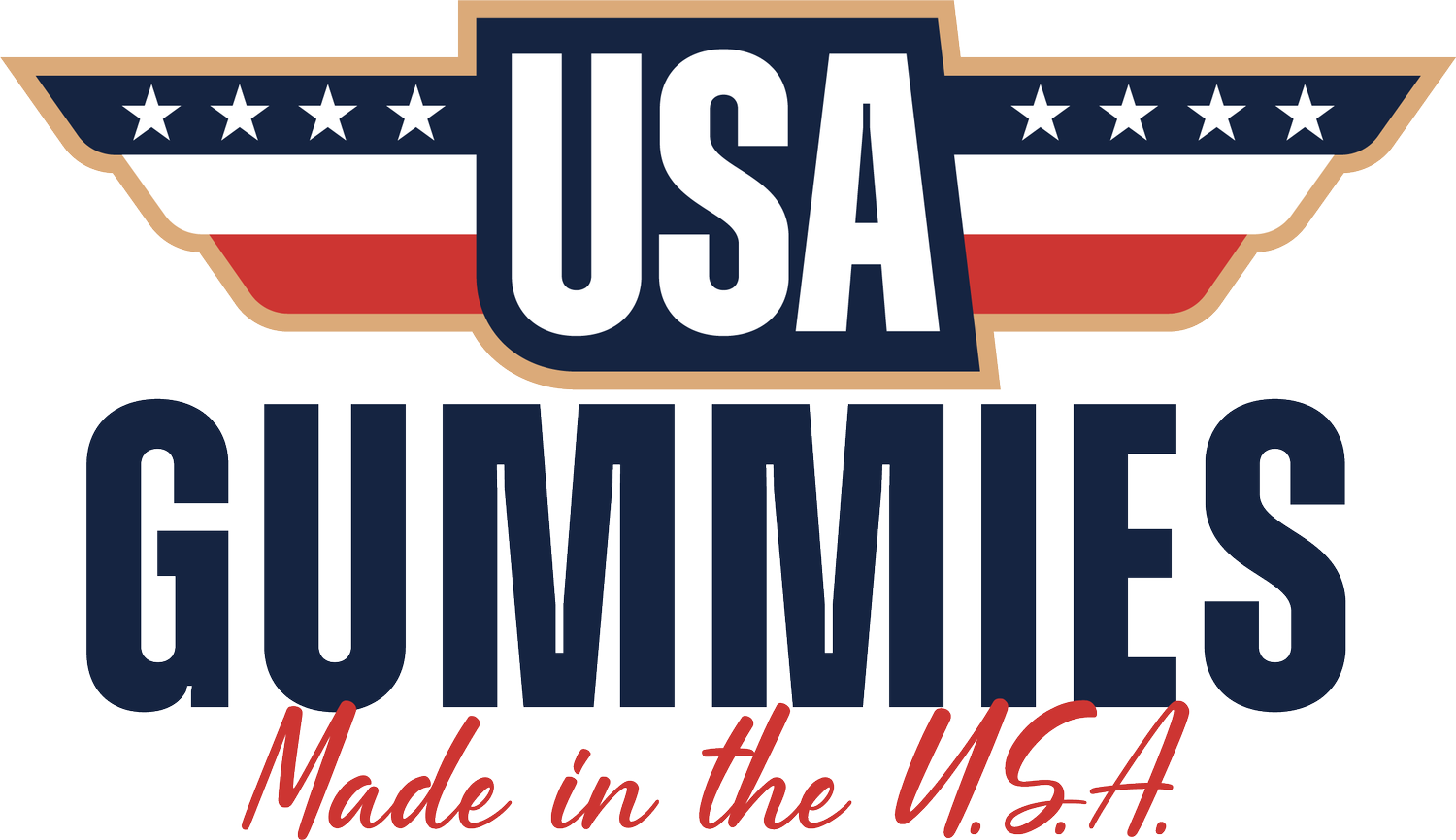The Sweet Journey of Gummy Bears: A Staple in American Snack History
From humble beginnings to becoming a beloved icon in the world of candy, gummy bears have woven themselves into the fabric of American culture. At USA Gummies, we're passionate about continuing this legacy with our all-natural, American-made gummy bears that are free of artificial dyes. As we explore the history of gummy bears as a snack in American history and their presence throughout America's story, we'll highlight how these chewy treats have evolved. Whether you’re researching for "gummy bear history," "American candy icons," or "healthy gummy bears," this post will take you on a flavorful trip through time, showcasing why natural gummies are the future of this classic.
The Origins: From German Innovation to Global Delight
The story of gummy bears begins far from American shores, but their impact on U.S. snacking can't be understated. Invented in 1922 by German confectioner Hans Riegel, founder of Haribo, these gelatin-based candies were originally called "Tanzbären" or Dancing Bears. Made from a simple mix of sugar, gelatin, and fruit flavors, they quickly became a hit in Europe for their unique chewy texture—a far cry from the hard candies of the era. While America was navigating the Roaring Twenties, the Great Depression, and World War II, gummy bears were gaining traction in Germany. Post-WWII, as global trade resumed, these "gummy candies" started trickling into the U.S., often through immigrant communities or as novelties. By the 1960s and 1970s, many American children first encountered "gummi bears" in German-language classes, where they were shared as authentic cultural treats. This early exposure planted the seeds for gummy bears to become more than just an import—they began symbolizing fun, international flair in a post-war America embracing diversity.
Arrival in America: The 1980s Boom and Cultural Integration
The true integration of gummy bears into American snack history kicked off in the early 1980s. Haribo, recognizing the potential in the U.S. market, opened its first American office in 1982, bringing "Haribo gummy bears" to shelves nationwide. This move coincided with a surge in imported candies, but gummy bears stood out for their playful shape and vibrant flavors, quickly becoming a favorite in lunchboxes, movie theaters, and Halloween hauls. Throughout the 1980s—a decade of economic growth, pop culture explosions, and the rise of convenience snacks—gummy bears mirrored America's innovative spirit. The launch of Disney's "Adventures of the Gummi Bears" animated series in 1985 further catapulted them into stardom, turning these "chewy candies" into household names. As America navigated the end of the Cold War and entered the digital age, gummy bears were there: at birthday parties, in vending machines, and even inspiring spin-offs like gummy worms in 1981. They became synonymous with fun, affordable treats during a time when American families sought joyful escapes.
Rise in Popularity: Gummy Bears Through Decades of Change
As America progressed into the 1990s and 2000s, gummy bears evolved alongside shifting consumer tastes. The snack industry boomed with variations like sour gummies and fruit-flavored assortments, reflecting the nation's growing interest in bold, experiential foods. During economic ups and downs, from the dot-com bubble to the 2008 recession, "affordable gummy bears" remained a constant comfort—easy to share at school events or office breaks. In the 21st century, as health consciousness rose amid America's wellness movement, gummy bears adapted. The demand for "organic gummy bears" and "dye-free candy" surged, addressing concerns over artificial ingredients. Gummy bears have been present in pivotal moments: from post-9/11 community gatherings where simple joys like "natural gummies" brought people together, to the social media era where viral challenges and ASMR videos feature these iconic treats. Today, they're staples in everything from road trips across Route 66 to eco-friendly festivals, embodying resilience and adaptability in America's ongoing story.
The Modern Era: Embracing All-Natural, American-Made Innovations
In recent years, gummy bears have transcended their origins to become a canvas for innovation, particularly in the U.S. American companies have taken the reins, producing "USA-made gummy bears" with a focus on quality and sustainability. This shift aligns with America's push toward local manufacturing and healthier options, moving away from mass-produced imports laden with artificial dyes. At USA Gummies, we're proud to be part of this evolution. Our all-natural gummy bears, crafted right here in America and free of artificial dyes, honor the history while looking to the future. Using plant-based colors and real fruit extracts, we offer "healthy gummy bears" that fit seamlessly into modern lifestyles—whether for fitness enthusiasts seeking "vegan gummies" or parents choosing "kid-friendly candy."
A Timeless Treat in America's Narrative
From their German roots to becoming an enduring symbol in American snack history, gummy bears have been there through cultural shifts, economic changes, and everyday celebrations. As America continues to innovate, so do these beloved candies, proving that a simple "gummy bear" can tell a big story. Ready to taste a piece of this history with a healthier twist? Visit www.usagummies.com and explore our range of all-natural, American-made gummy bears. Indulge in the legacy without the artificial stuff—your snack drawer deserves it!What’s your favorite gummy bear memory? Share in the comments below and let’s reminisce about these chewy classics!
